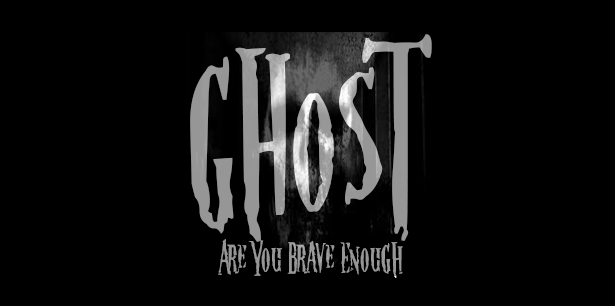
Have you ever been intrigued by the mysteries that lie beyond our physical realm? Are you fascinated by the supernatural and yearn to delve into the enigmatic world of ghost hunting and paranormal investigation? Join us on a captivating journey as we unveil the secrets of becoming a skilled ghost hunter and paranormal investigator.
Get ready to explore haunted locations, capture otherworldly evidence, and embrace the unknown.
Understand the Basics:
Before embarking on your ghost-hunting journey, it's essential to familiarize yourself with the fundamentals of paranormal investigation. Research reputable sources, and go on organized event books, and online materials to grasp the theories, methodologies, and techniques employed in the field.
Equip Yourself:
As a ghost hunter, having the right tools can make all the difference. Invest in essential equipment such as EMF meters, EVP recorders, K2 Meter, infrared cameras, and thermal imaging devices. These tools will assist you in capturing and analyzing potential evidence of paranormal activity.
Explore Haunted Locations:
Start by visiting reputedly haunted locations near you or in the UK. Research and identify places with documented paranormal activity, such as historic buildings, cemeteries, or sites associated with ghostly legends. Seek permission to investigate private properties and always respect any rules or restrictions.
Your Findings:
Maintain a detailed journal or investigation log to record your experiences, observations, and any potential evidence you encounter during investigations. Document the date, time, location, weather conditions, and the equipment used. This record will help you analyze patterns and draw conclusions in the future.
Conduct Controlled Experiments:
Incorporate scientific methods into your investigations by conducting controlled experiments. Use a systematic approach to test hypotheses and gather objective evidence. This can involve setting up trigger objects, performing EVP sessions, or monitoring changes in temperature and electromagnetic fields.
Collaborate and Learn:
Joining or forming a paranormal investigation team can provide valuable support, knowledge sharing, and diverse perspectives. Collaborate with fellow investigators, attend workshops, and participate in training programs to enhance your skills and expand your understanding of the field.
Practice Ethical Conduct:
Respect the privacy of others and seek permission before conducting investigations in private properties. Maintain ethical standards by adhering to the laws and regulations concerning paranormal investigations. Treat all individuals, both living and spiritual, with respect and dignity.
Analyze Evidence:
After each investigation, carefully review and analyze the evidence you've collected. Scrutinize photographs, audio recordings, and video footage for any anomalies or signs of paranormal activity. Consult with experienced investigators or experts to gain insights and validate your findings.
Share Your Discoveries:
Share your experiences and findings with the paranormal community and the public. Consider creating a blog, YouTube channel, or social media platform to engage with fellow enthusiasts and contribute to the collective knowledge of the field.
Continued Learning:
The field of paranormal investigation is ever-evolving. Stay updated with the latest research, technological advancements, and investigative techniques. Attend conferences, seminars, and lectures to learn from renowned experts and expand your understanding of the supernatural.
Safety First:
Prioritize your safety during investigations. Always investigate with a partner or a team, and inform someone about your location and expected return time. Be aware of potential hazards in dark or unfamiliar environments, and exercise caution when exploring abandoned structures or challenging terrains.
Respect the Unexplained:
Remember that not every investigation will yield definitive proof or encounters with the supernatural. Respect the unexplained and remain open to diverse possibilities. The journey of a ghost hunter is as much about personal exploration and the thrill of the unknown as it is about seeking concrete evidence.
Embrace your curiosity, step into the world of the paranormal, and unleash your inner ghost hunter. Unveil the supernatural, explore haunted locations, and capture evidence that bridges the gap between the living and the spirit world. Are you ready to embark on a hauntingly thrilling adventure?
Crew - Volunteer Opportunities
If you're ready to take your passion for the paranormal to the next level, Ghost Hunter Tours is always seeking dedicated individuals to join their team.
Whether you're interested in becoming a part of the crew or volunteering to organize and run events and vigils, this is an exciting opportunity to immerse yourself in the world of ghost hunting. As a member of the Ghost Hunter Tours crew, you'll have the chance to investigate haunted locations, work alongside experienced investigators, and contribute to the thrilling events they organize.
Please note that candidates should have their own transportation and be available on weekends to participate in events and investigations. Don't miss this chance to become a valued member of the Ghost Hunter Tours team and embark on unforgettable paranormal adventures. Just send an email to: gary@ghosthuntertours.co.uk with your name, telephone number, location along with any experience you may have,
and how far you are prepared to travel. If you are an existing team of investigators who would be interested in running events for us please drop us a note you would be most welcome.











